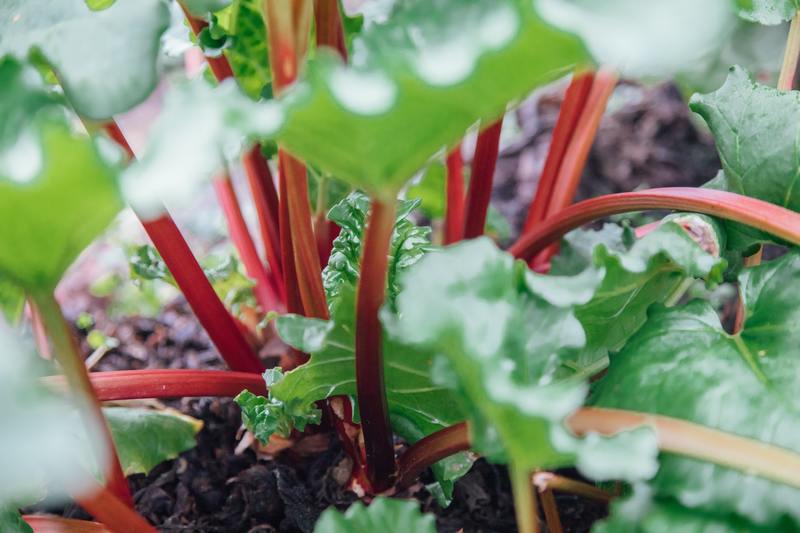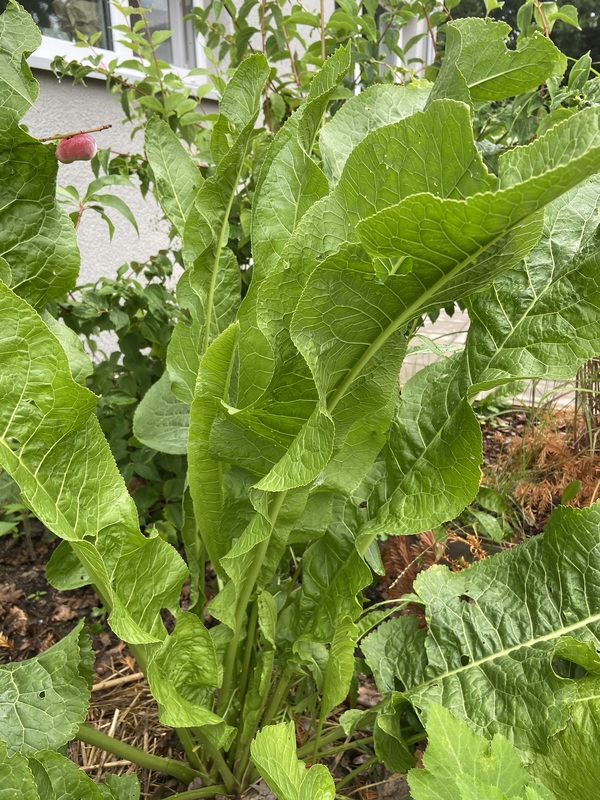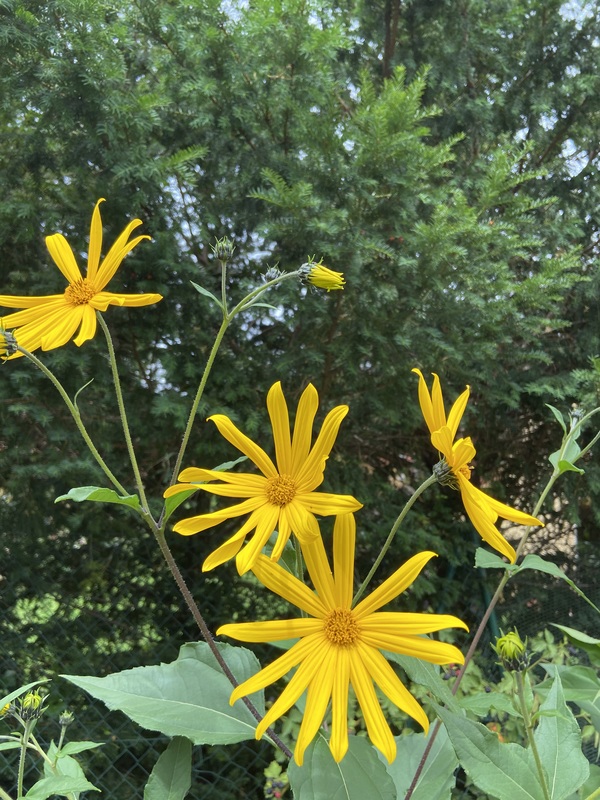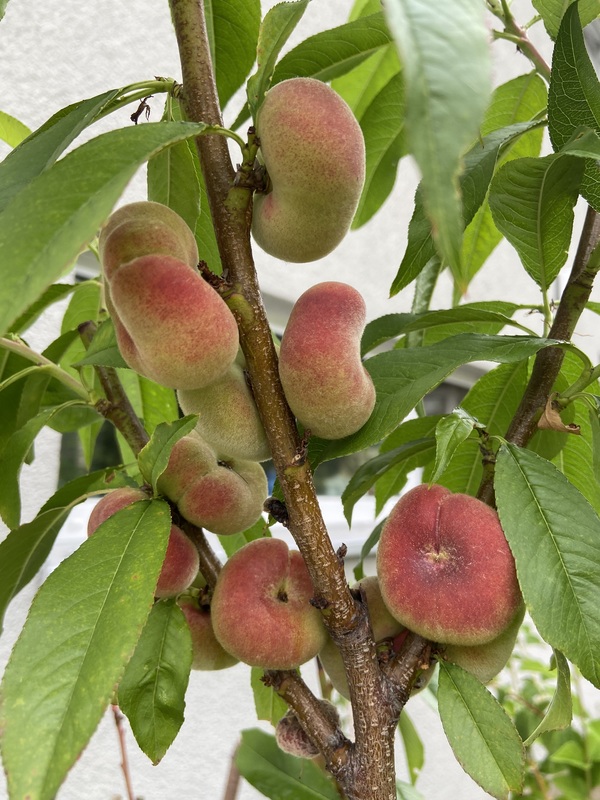Description
The Turkish Rocket is a plant native to the eastern parts of Europe and Asia. It is a member of the brassica family, and is closely related to mustard plants. The plant has a tall, upright stem, with deeply lobed leaves and small, yellow flowers. The plant can grow to a height of up to two meters, and has a rapid growth rate.
In terms of cultivation, the Turkish Rocket prefers well-draining, fertile soil and full sun. It is a hardy plant, and can tolerate cold temperatures down to -15 degrees Celsius. To successfully grow the plant, gardeners should provide regular watering and fertilization.
The leaves and stems can be eaten raw or cooked. The leaves have a sharp, spicy flavor, and can be stored in the refrigerator for up to a week after harvest. The plant also has some medicinal uses, and has been used in traditional medicine to treat stomach ailments and skin conditions.
In terms of its value to wildlife, the Turkish Rocket provides food for a range of insects, including bees and butterflies. It is also a host plant for the caterpillars of the Small White butterfly.




